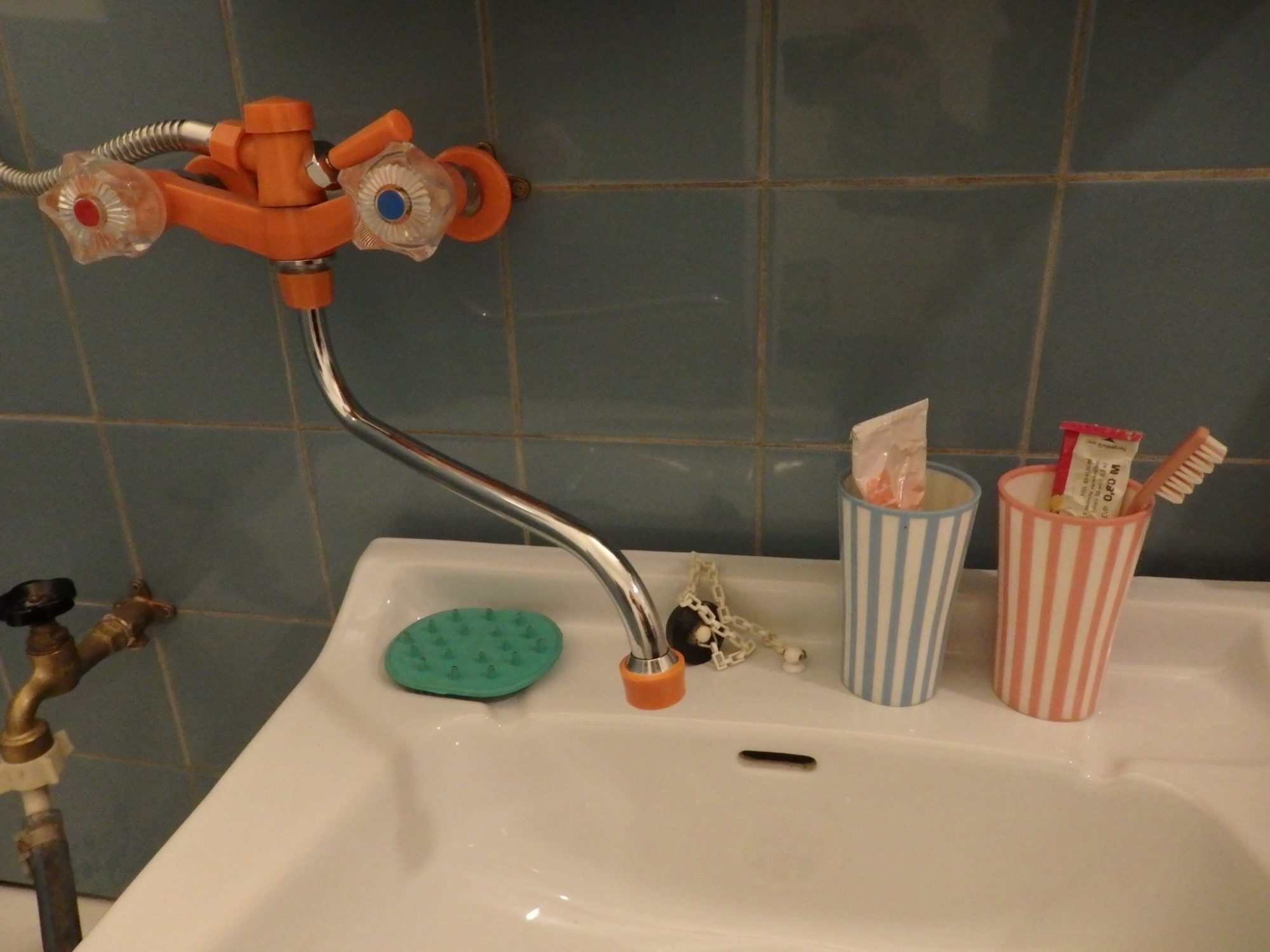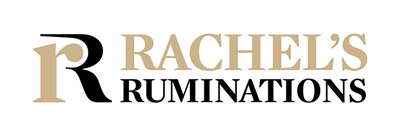A Peek into East Germany at the DDR Museum
In my last post, I wrote about the Berlin Wall as a gash across the city. What brought me to the Berlin Wall Memorial was my visit just the day before to the DDR Museum in Berlin. That museum and its hands-on portrayal of life in the former DDR (called the German Democratic Republic or GDR in English) piqued my interest in knowing more about life in divided Berlin. (Besides the Berlin Memorial and the DDR Museum, I explored the Palace of Tears and the Stasi Museum too.)

The DDR Museum
While the DDR Museum explains how Berlin came to be divided and how it became, essentially, hermetically sealed by the building of the Berlin Wall, that’s not its primary focus.
Instead, this museum sheds light on what everyday life was like in Cold War Berlin and East Germany in general. With a range of active ways to experience the limitations that came with living in East Germany, it’s not at all a dry collection in glass cases.
East Germany did not have much selection in consumer goods, and they were often of poorer quality than what was available in West Germany. That means that not many of the everyday articles of life in East Germany remain. The DDR Museum has become their repository; if a former East German wants to see, for instance, the toys he played with as a child, or the dishes his family ate from, they’re likely to be displayed in this museum.

I met a woman one day in Berlin who told me she’d grown up in East Berlin. I told her I had visited the DDR Museum. Her response was “I don’t want to go there. I don’t need the reminder.” I wonder how many former East Germans visit this museum. And I wonder how many view it as a trip down memory lane, and how many see only bad memories.
You might also like to read my article about other World War II and Cold War sites in Berlin that you can visit.
Berlin’s Interactive Museum
The DDR Museum bills itself as Berlin’s Interactive Museum. Visitors are welcome to touch many of the exhibits. Even when they can’t be touched, they are mounted in cupboards and drawers which visitors can open to inspect the contents.

You can pick up the vintage phone in the reproduction of an East German apartment. Your children can play with the stuffed animals in the reproduction of a nursery school, where East German children began their indoctrination early. You can sit in a Trabi and pretend to drive, using a simulator showing a typical East German post-war housing development.

Exhibits cover all aspects of life in the DDR: education, work, the marketplace, surveillance by the Stasi, the media and music, and the excesses of the leadership. It’s all there.
Video clips, touch screens, buttons to push, levels to pull: this museum is attractive for children too, even if they don’t understand what it’s about. For adults, the explanatory signs in German and English give as much information as you’d like.
My Review of the DDR Museum
While I found the museum extremely effective at keeping the history of the DDR alive and accessible, it was very crowded. Apparently it expanded this year to accommodate the re-created apartment, which may, to some extent, explain the crowds.
It seems to me, however, that it’s overflowing the space it occupies. It needs about double the floor space to make the experience more pleasant for visitors. I had to skip over some displays because of the crowds of people waiting their turn or just looking on.
Nevertheless, I would certainly recommend visiting this museum. While other museums I visited – the Stasi Museum and the Palace of Tears – also address aspects of Cold War Germany, this one allowed me to get a real feel for the fear and restrictiveness of life in the DDR. If you only have time for one representation of life in Berlin in the Cold War, see this one.

Have you visited this museum? What were your impressions?



Do you mind me reposting this in my blog, as the information is interesting for the readers on my end. Please let me know if this is OK. Thanks! JS
Glad you liked it! I’ve sent you an e-mail.
Yep! I’ve been to the DDR Museum a few times. It is rather small, but it’s just been refurnished and of course, there is the issue of funding…!
The last time I went was actually just under a year ago, and I contacted the PR person there, who agreed that I could come to the musuem 1 hour earlier than the public. She also gave me a personal tour before the crowds came lol!
It’s a really good museum that documents the ordinary family living in East Germany during the Cold War.
You asked what percentage of East Germans actually visit the museum? I’d say it’s 50-50. There are still plenty of people who are proud of that era, and others who want to show their children how it was. The other 50% are West Germans or international visitors. I’d say that 75% are German-speaking visitors.
Thanks, Victoria! Even if most of them are German speakers, the labeling in English is very well-done throughout the museum.